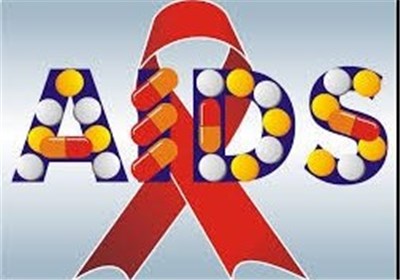
Rehabilitation therapies that use meditation are likely to have a higher success rate when it comes to helping trying to overcome addiction. This is the conclusion of a new survey of animal and human studies by a computer scientist who used a computational model of addiction, a literature review and an in silico experiment. The findings of the survey — by computer scientist Yariv Levyof the University of Massachusetts Amherst, neuroscience researcher Jerrold Meyer, and computer scientist Andrew Barto — has been published in the latest issue of the journal Frontiers in Psychiatry. “Our higher-level conclusion is that a treatment based on meditation-like techniques can be helpful as a supplement to help someone get out of addiction. We give scientific and mathematical arguments for this,” said Levy, who was a doctoral student when he undertook the survey.
According to Levy, the survey aimed to use learnings from existing animal and human studies to better understand addiction and seek new approaches to treatment. The researchers explored the allostatic theory, which describes changes in the brain’s reward and anti-reward systems and reward set points as substance misuse progresses. They used two existing computational models, one pharmacological and a more behavioural-cognitive model for the study. The allostatic theory says that when someone takes a drug he or she stresses the reward system and it loses its equilibrium state. “We smoke one cigarette and go out, come back in again, and out with another cigarette, always trying to return to equilibrium,” Levy says. “The reward system tries to change its structure with neural adaptations to get back to equilibrium. But if I continue to smoke, even with such adaptations, I can’t make it back. Equilibrium is broken as long as I continue to smoke.”
As the reward system is stressed, the anti-reward system steps in and says, “I’ll try to help,” and the person enters what is known as an allostatic state. Other brain structures are affected by the addictive substance, impairing the addict’s evaluation of drug use compared to other reinforcers, Levy said. To bind the two theories and test how they could work together in silico, the authors follow three virtual case studies, each representing a different trajectory of allostatic state during escalation of cigarette smoking. “This investigation provides formal arguments encouraging current rehabilitation therapies to include meditation-like practices along with pharmaceutical drugs and behavioural counseling,” the authors wrote.
Source: Oman daily Observer










